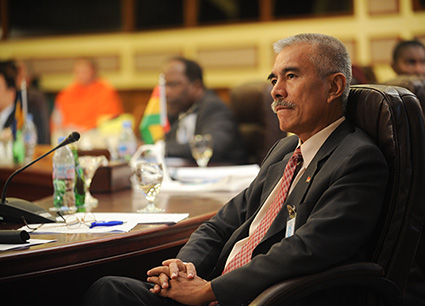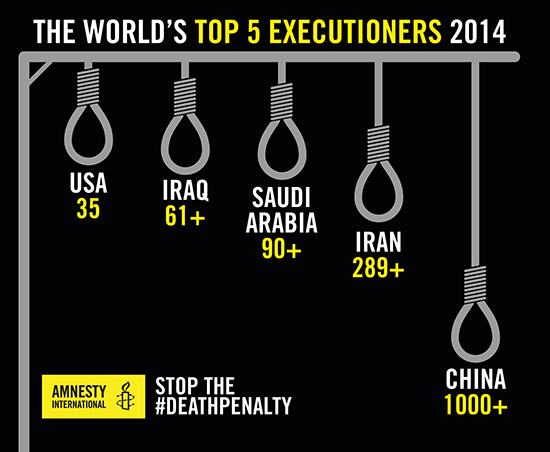
TARAWA (Kiribati Independent/Pacific Media Watch): Radio Kiribati’s editor, Aneta Moote, has been sacked apparently over a controversial story that has embarrassed the government, reports the Kiribati Independent.
Government sources have not yet commented on the report in the i-Kiribati language in the newspaper today, but the ousted editor confirmed this.
In September, President Anote Tong’s government passed the first reading of an amendment to the Penal Code introducing a death penalty in response to five killings of women allegedly by their spouse.
Following this, there was public criticism over the amendment bill and it was opposed by the main churches, both Protestant and Catholic.
The backlash forced the government to backtrack on the bill.
President Tong had supported the first reading, saying it was a "deterrent" to killings.
The bill had been sponsored by an MP from Maiana Island, which is also Tong's constituency. It was proposed by the old men association on this island, according to the opposition.
President's 'support'
In December, Radio Kiribati rebroadcast a story from Radio NZ International saying the president supported the death penalty bill.
The President’s Office instructed the state-run Broadcasting and Publications Authority (BPA) to correct this and apologise over the radio.
An internal inquiry followed and now editor Aneta Moote has been sacked after she had been a journalist working for BPA for 30 years.
“On the face of it, this appears to be blatant political interference in media freedom from behind the scenes,” said Pacific Media Centre director Professor David Robie in Auckland.
“It is difficult for countries such as Kiribati to develop an independent media tradition when pressure can so easily be brought on the state broadcaster to dump senior staff on a political whim because of stories that embarrass the government.
"Radio Kiribati is clearly trying to do a good job reflecting the public mood in opposition to this bill."
Public against introduction of death penalty in Kiribati

This work is licensed under a Creative Commons Attribution-NonCommercial 3.0 New Zealand Licence.




